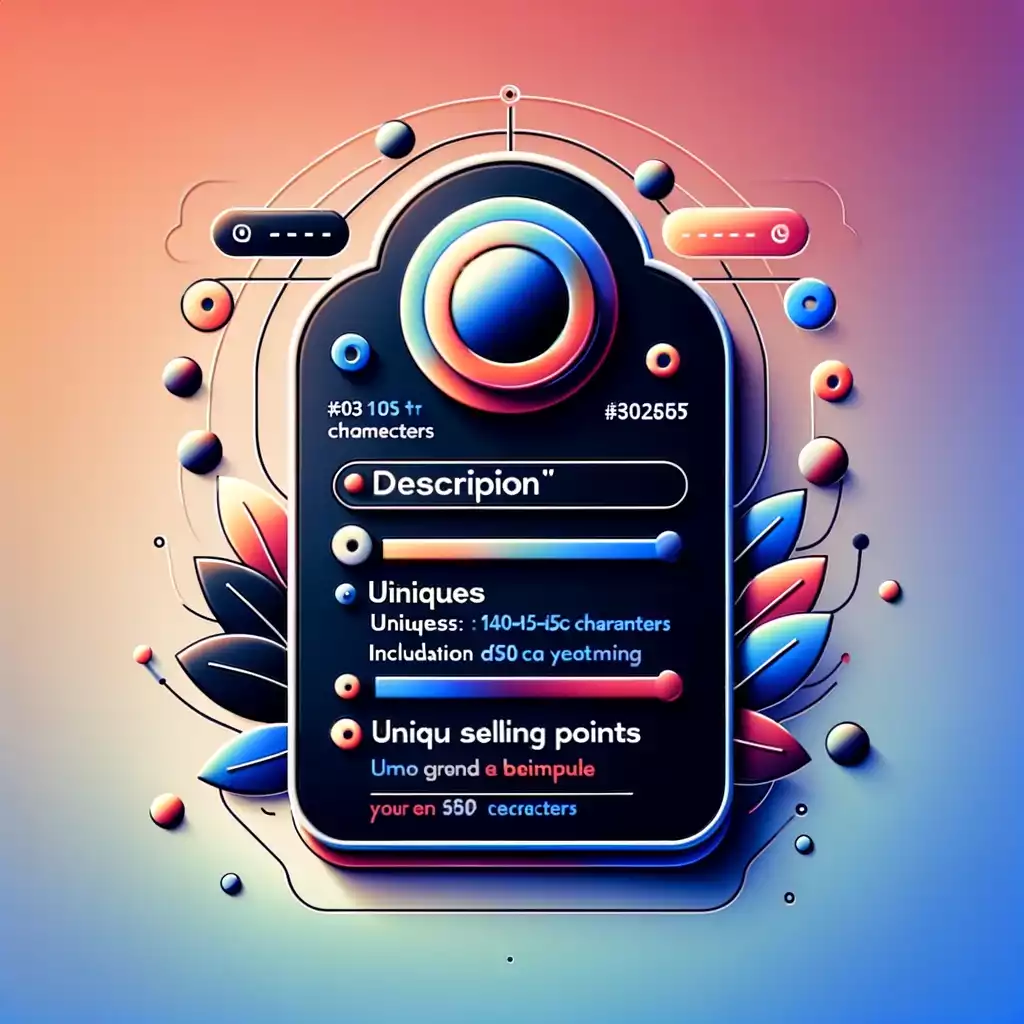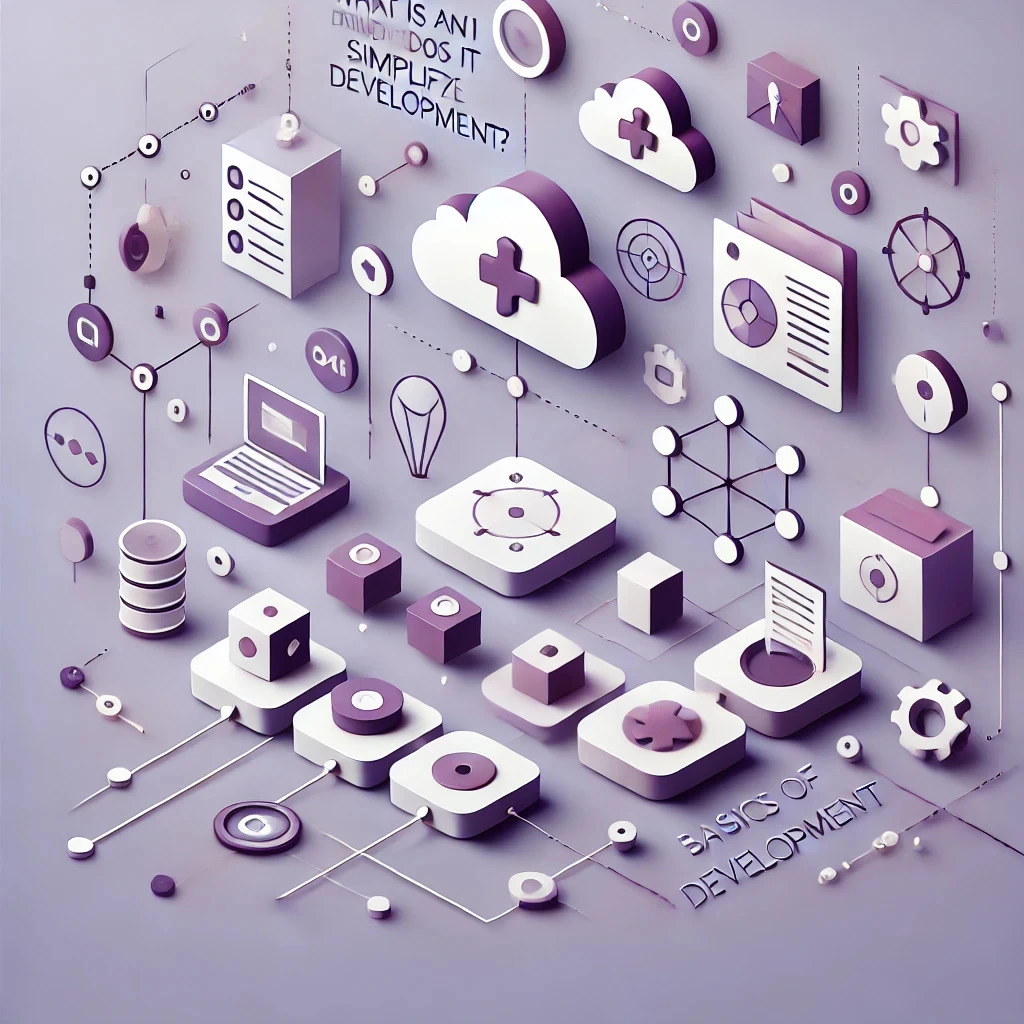What is API and how does it simplify development? – Integration basics.
Introduction
Programmers, developers, and engineers constantly encounter various tools and solutions that speed up the software creation process and simplify interaction between different services. One of the most powerful tools for achieving these goals is the API (Application Programming Interface). API significantly changes the approach to development, integration, and interaction between different systems and services. In this article, we will thoroughly understand what an API is, how it works, and how it helps developers in creating modern applications.
Introduction to API
An API is a set of rules and protocols that allow different applications or systems to interact with each other. Simply put, an API is an interface that allows one software product to interact with another without revealing the internal logic of its operation. The API describes how to request data, what actions can be performed, and how to receive responses from another system.
With the help of an API, you can use the functionality of one application in another without having to create everything from scratch. This simplifies development, speeds up the integration process, and allows you to create more flexible and scalable applications.
Example of API in Practice
Imagine you are developing a mobile application for ordering a taxi. Instead of developing your own system for tracking cars or calculating routes, you can use the Google Maps API to obtain information about the route and location. Thus, you save time and resources by integrating existing solutions.
How does API work?
An API works as an intermediary between two systems, providing the ability to exchange data and call functionality. A developer uses the API to interact with an external system, receiving responses in the form of data or performing certain operations.
Example of simple interaction via API:
- Request. A program (or client) sends a request to the API. This request may include the necessary parameters, for example, a request to obtain data or perform an action (e.g., sending a message or creating a record).
- Request Processing. The API receives the request, analyzes it, and transmits the data to the system with which it interacts. The system performs the necessary operation or provides the required information.
- Response. After the operation is completed, the system sends the result back to the API, which, in turn, transmits it to the requesting application or client.
APIs can work on different protocols, but the most popular are HTTP/HTTPS, which are widely used in web development.
Example of request via API
When you use a weather forecast application, it can send a request to the weather service API with your location specified. The API, in response, returns data about the current temperature, humidity, wind speed, and other weather conditions, which are then displayed in the application interface.
Types of API
APIs can be classified by different characteristics depending on how they function and what operations they perform. Let's consider the main types of API.
Web API
A web API (or web service) is a type of API that works over the internet using standard web protocols such as HTTP. Web API is the foundation for creating modern web applications and mobile applications. This is the most common type of API, which allows you to integrate applications with various online services.
RESTful API
REST (Representational State Transfer) is an architectural style used to develop web services. RESTful API is an API that follows the principles of REST. It works with HTTP requests (GET, POST, PUT, DELETE, etc.) and is often used to interact with web applications.
Main features of RESTful API:
- Using standard HTTP methods.
- Data exchange usually occurs in JSON format.
- Simplicity and flexibility, especially when working with mobile applications and web applications.
RESTful API is very popular because of its ease of use and wide application.
SOAP API
SOAP (Simple Object Access Protocol) is an older messaging protocol that uses XML to transmit data. SOAP API is more difficult to configure and integrate than RESTful API, but it supports stricter security standards and can be useful in high-load and security-critical systems.
GraphQL API
GraphQL is a new approach to creating APIs that allows the client to request only the data they need, rather than all the information, as happens in traditional REST APIs. This allows for significant optimization of data handling, especially when interacting with large and complex databases.
How does API simplify development?
Now that we have dealt with the basics of API, let's consider how API simplifies the development process and what benefits it brings to developers.
Reusing functionality
APIs allow developers not to develop functionality from scratch, but to use ready-made solutions. For example, to add payment functions to an application, you can use the API of payment systems (e.g., Stripe or PayPal), which significantly saves time and effort. Also, with the help of API, you can integrate applications with external services, such as Google Maps, social networks, analytics services, etc.
Accelerating Development
With the use of APIs, developers can speed up the creation of applications, since they do not need to develop all components from scratch. For example, if you need to add functionality for sending notifications, you can use a ready-made API, such as Firebase Cloud Messaging, instead of developing a system from scratch.
Integration with other systems
API allows you to easily integrate your application with other systems and services. This is especially important when applications need to exchange data or perform operations with external databases, other services, or platforms.
Example: integration with a CRM system, such as Salesforce, through the API, allows you to automatically receive and process data about customers in your application.
Scalability
API allows you to create more scalable systems, because by using external services, you can add new functional capabilities without having to completely rewrite the code. This greatly simplifies scaling, as new components can be integrated through the API.
Simplicity of updates
API allows developers to centrally update or improve functionality without affecting the main product. For example, if a third-party service is used, and its API is updated, the application simply connects to the new API without having to rewrite all interaction with this service.
Advantages and Challenges of Using API
Advantages
- Reducing development costs. Using ready-made solutions and integrating with external services through the API allows you to reduce development costs.
- Flexibility. API allows you to choose the most suitable solutions for each specific case. You can use third-party services, not limited to one technology.
- Security. Many APIs provide mechanisms for ensuring data security, such as OAuth for authorization and data encryption.
Challenges and limitations
- Dependency on third-party services. Using the API of external services means that your application depends on the stability and availability of these services.
- API limitations. Some APIs have limits on the number of requests per unit of time, which can affect the performance of the application.
- Version management. API systems may be updated or changed, which will require developers to adapt to new versions.
API has become an integral part of modern software, providing developers with tools to create flexible, scalable, and integrated applications. API simplifies development, allowing you to use ready-made solutions and integrate the application with other systems and services. This makes it possible to create more complex and functional applications with lower costs of time and resources. At the same time, it is important to understand the challenges associated with using APIs, such as dependence on third-party services and the need for version management.
API has become the basis for the development of modern programs and allows you to create more innovative and effective solutions.
Other news















